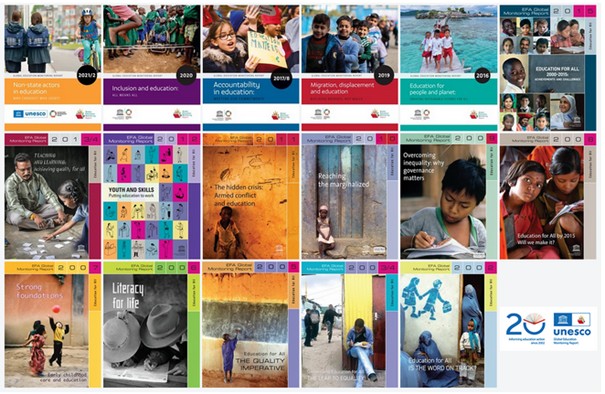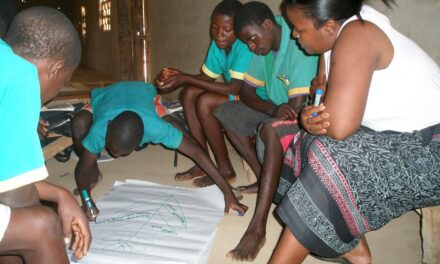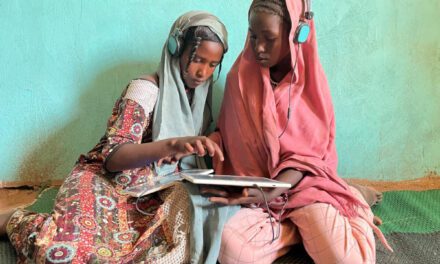This blog was written by Manos Antoninis, Director, Global Education Monitoring Report team.
The world is very different today than in 2001, when the decision was taken to establish the Education for All Global Monitoring Report as an editorially independent report, hosted and published by UNESCO. As we told the group of people gathered at the UKFIET conference in September, it has even changed considerably since 2015, when the decision was taken to give the Global Education Monitoring Report the mandate to monitor progress in education in the 2030 Agenda for Sustainable Development. The changes are not just related to the political, social, economic and environmental challenges, which provide the framework in which the report operates. They are also related to the much larger volumes of information that are available to report on education, the many more channels through which audiences are now used to receiving such information, and the pluralism in voices that these channels help bring.
For a report designed from the outset to combine the twin functions of research and advocacy, there are also changing expectations of what should be delivered. The GEM Report could not stay the same as its mandate expanded to cover a universal education agenda for all countries and all levels of education. It developed a Strategy for 2019–24 on the focus and form of its outputs within a constant resource envelope. The strategy set two priorities: fulfil its expanded mandate to be a truly global education reporting mechanism while tailoring its outputs and communication channels to increase opportunities to influence policy change.
Today, the GEM Report is more than just a report. It offers a range of resources: global and regional, in a few targeted cases, also national; monitoring and quantitative but also thematic and qualitative; indicators on outputs and outcomes but also on laws and policies; in print and online; static and interactive; organised by different themes; presented in numerous settings; and communicated through various channels. The outputs feed into and inform each other. This expansion has been possible through this synergy and coherence but also thanks to invaluable partnerships with a committed group of organisations around the world.
The report has four websites:
- SCOPE (Scoping Progress in Education) complements the monitoring part of the GEM Report, featuring interactive data visualisations to provide a snapshot of main trends in education and explain the reasons behind them.
- WIDE (Worldwide Inequalities Database on Education) highlights the powerful influence of circumstances, such as wealth, gender, ethnicity and location, over which people have little control, but which play an important role in shaping their opportunities for education and life. It draws attention to unacceptable levels of education inequality across countries and between groups within countries, with the aim of helping to inform policy design and public debate.
- PEER (Profiles Enhancing Education Reviews) provides comparative qualitative data on education policies and laws at the national level to inform policy dialogue between countries and regions, starting from the theme of the report.
- VIEW (Visualizing Indicators of Education for the World) provides estimates of the completion rate, one of the two global indicators of the fourth Sustainable Development Goal on primary and secondary education. It uses multiple data sources, in an efficient and transparent way, to calculate time series by country and region and address challenges of timeliness and consistency commonly associated with survey data.
Every 4-5 years, an external evaluation is carried out on the work of the GEM Report to assess the way it is working and to see how it could be further improved to provide greater added value to its audience. The aim is to help it contribute better towards advancing the Sustainable Development Goal 4 on education (SDG 4).
An evaluation is currently underway, being run by the ICON-INSTITUT Consulting Group and Ockham IPS. Its results will help the GEM Report develop its new strategy and position itself strongly as one of the key actors in the post-2030 architecture.





